The fastest way to use Volume Mixer in Windows 11
There may still be time for the public version of Windows 11, but the former have already got their hands on it because insider previews are already available. People may still be deciding their opinion on the operating system, but almost everyone can agree on one thing when it comes to using Windows 11. There are a lot of changes for users, large and small.
Windows 11 is touting a new look, and it’s definitely a breeze of fresh air. Everything in Windows 11 is designed to be user-friendly and easier to access. This is especially true for the new redesigned Settings app and the taskbar.
But there are also some things that people are going to miss. The Volume Mixer drop-down menu, for example. If you are constantly using the volume mixer to manage the volume of different apps separately, you might find it hard to adjust to the fact that there is no longer a flyout for it.
The sound, battery, and Wi-Fi icons sort of act as a single unit when you hover over them.
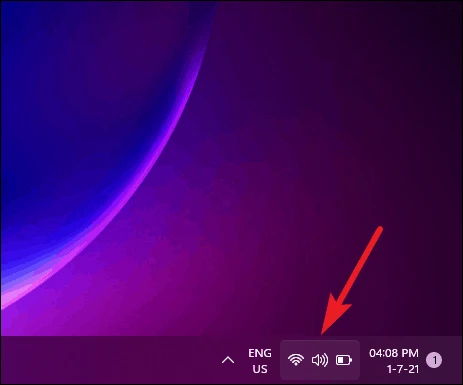
Clicking on it brings up a new menu containing Wi-Fi, sound and battery settings, as well as other options. You can even access the audio switch by clicking on the arrow next to the volume slider.
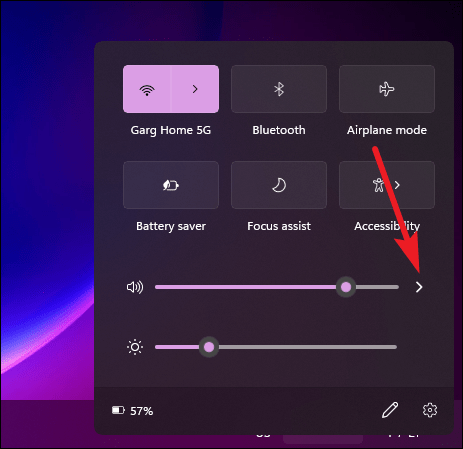
But there is no option to access Volume Mixer in these settings. All it has is the ability to go to volume settings. But that’s a lot of clicks and it still won’t show the volume mixer directly.
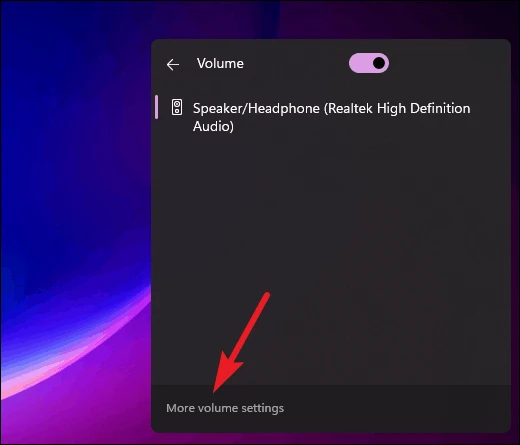
And yet, the new design of the settings app still makes it easy to use with just a few clicks. All you need to do is change your clicks when you try to access them from the taskbar.
Access the volume mixer from the taskbar
To access the volume mixer, go to the right corner of your taskbar and right click on the “Audio” icon.
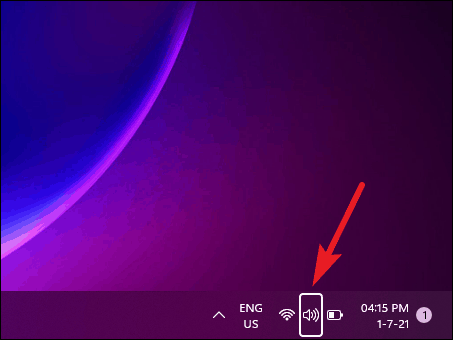
Then select ‘Volume Mixer’ from the options that appear.
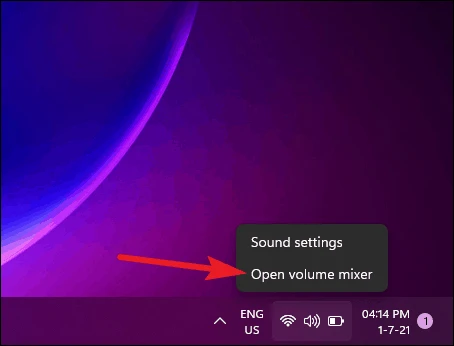
Windows 11 will open the volume mixer from audio settings. Apps whose volume you can control separately will be available. Control the volume of each application by changing the position of the slider.
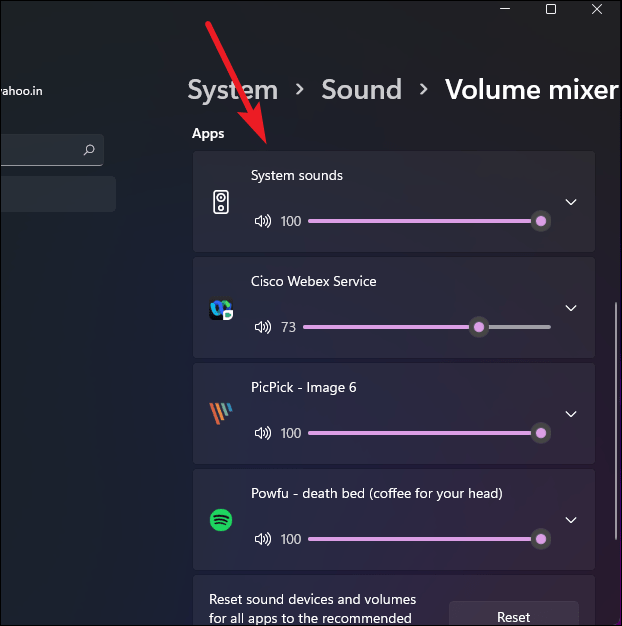
You can also manually find the volume mixer from sound settings by opening the Settings app, but it will take a few more clicks than accessing it from the taskbar.
Adding Classic Volume Mixer to your taskbar
There is also a workaround to add the volume mixer directly to your taskbar if you are such a frequent user. Classic Volume Mixer was a fan favorite before Microsoft removed it from Windows 10. This workaround brings it back.
Go to the taskbar and click on the “Search” icon or use “Windows + R” to open Run. Either one will do.
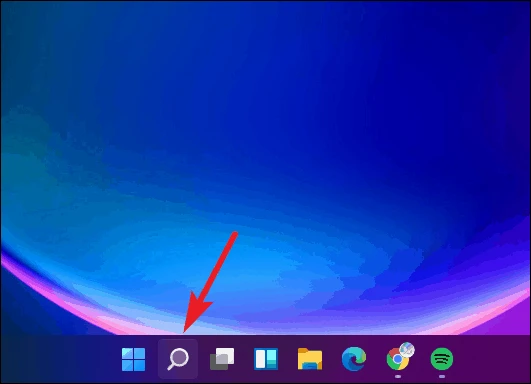
Then type “sndvol.exe” and hit enter key or run it from suggestions.
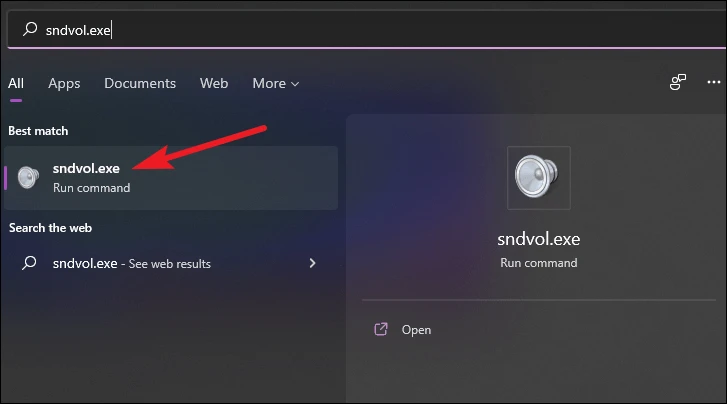
The classic volume mixer will open.
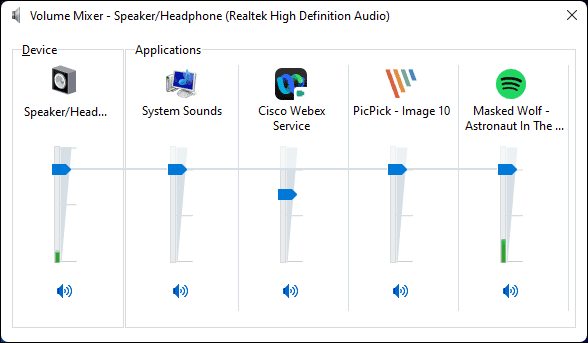
Now go to the taskbar and right click on the Volume Mixer app icon. Select “Pin to taskbar” from the options.
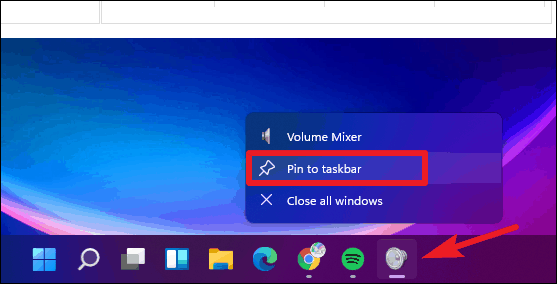
The volume mixer will be available from your taskbar with one click now. But, of course, this workaround does not add it to the system tray. It will be present in the center (or on the left, depending on your preference) of the taskbar with the rest of your pinned apps.
Windows 11 can boast of a simple interface and user-friendly design, but it can still take some time to navigate. Now that’s one less thing you need to worry about figuring out in Windows 11.